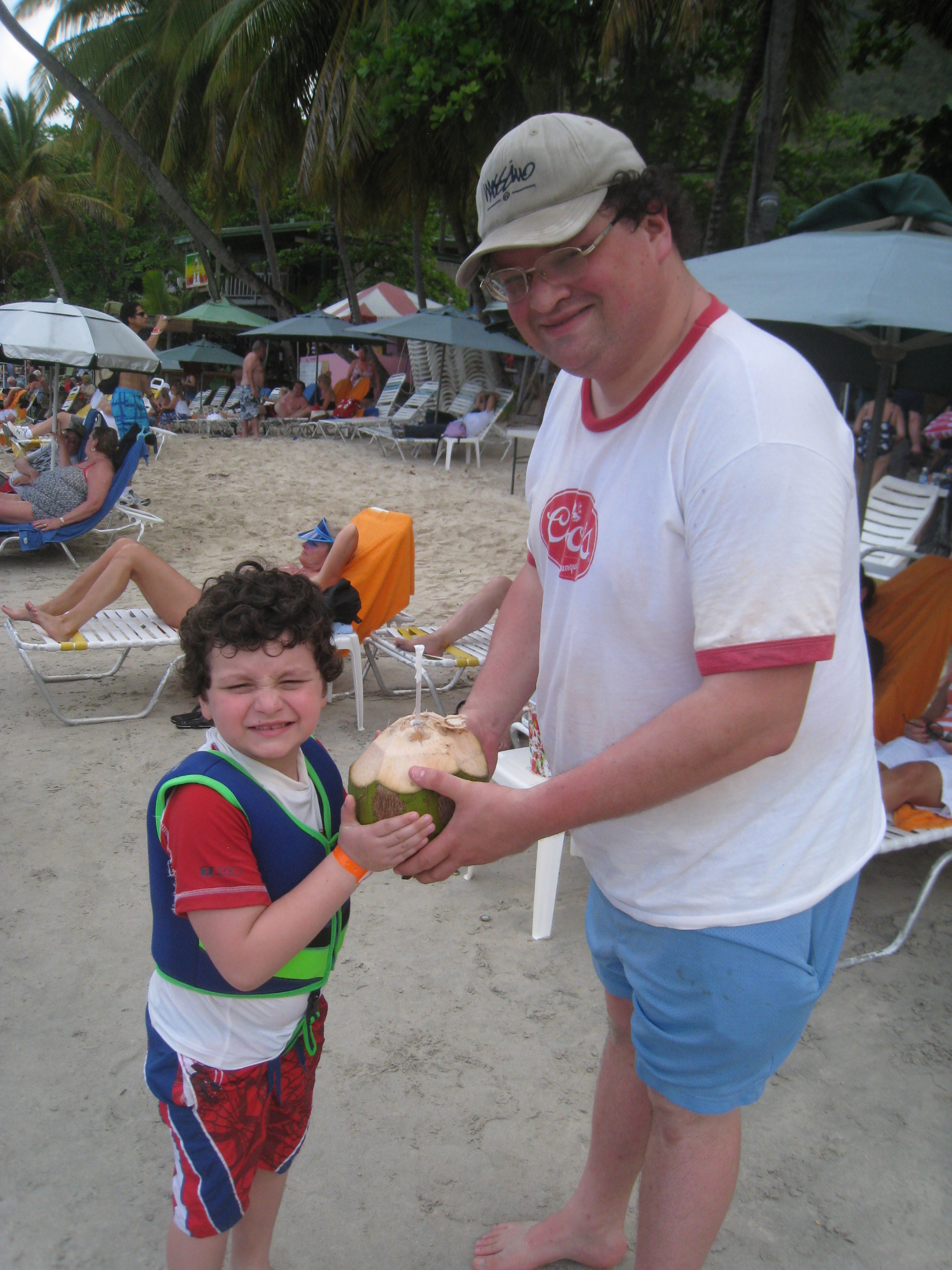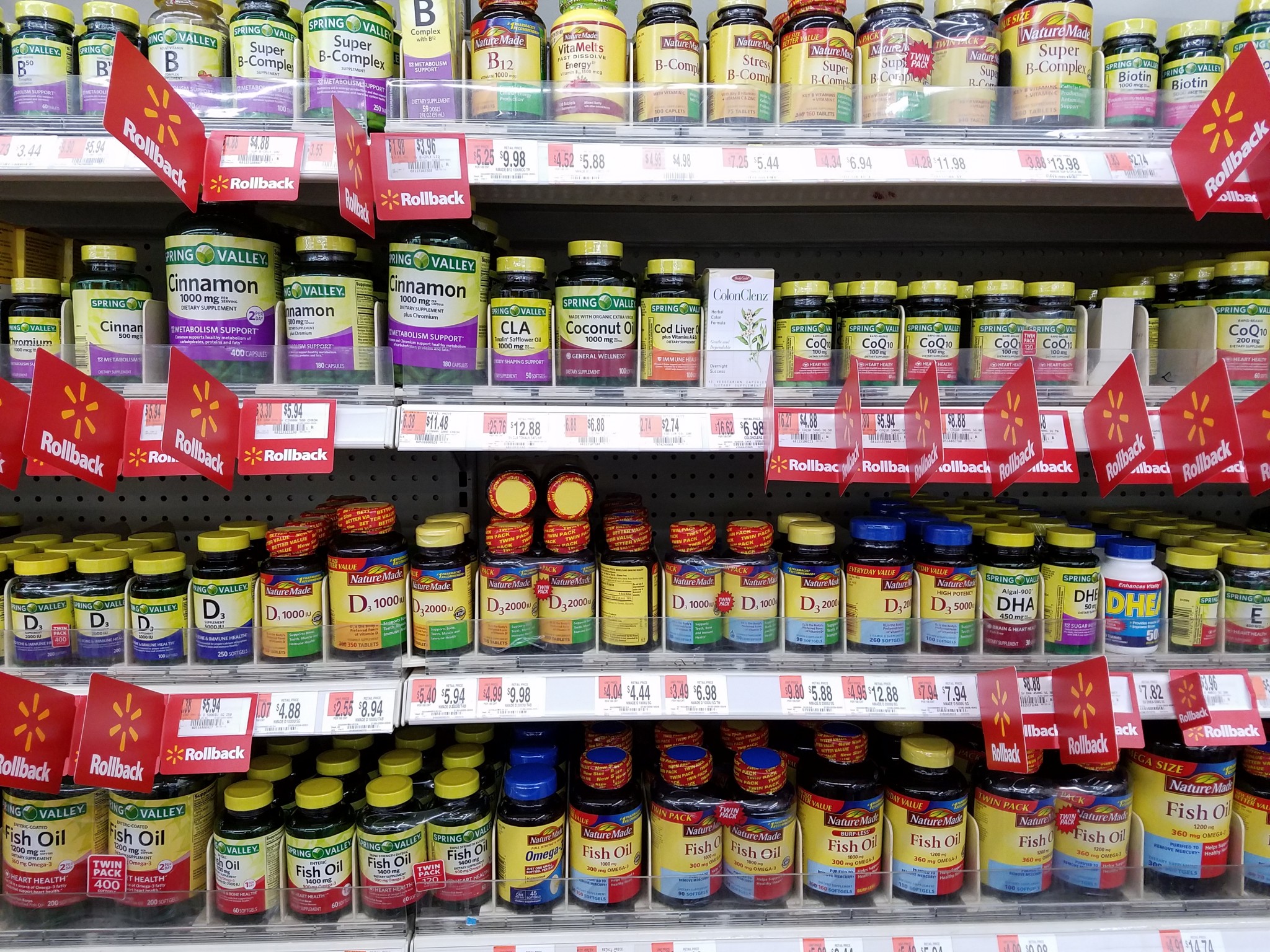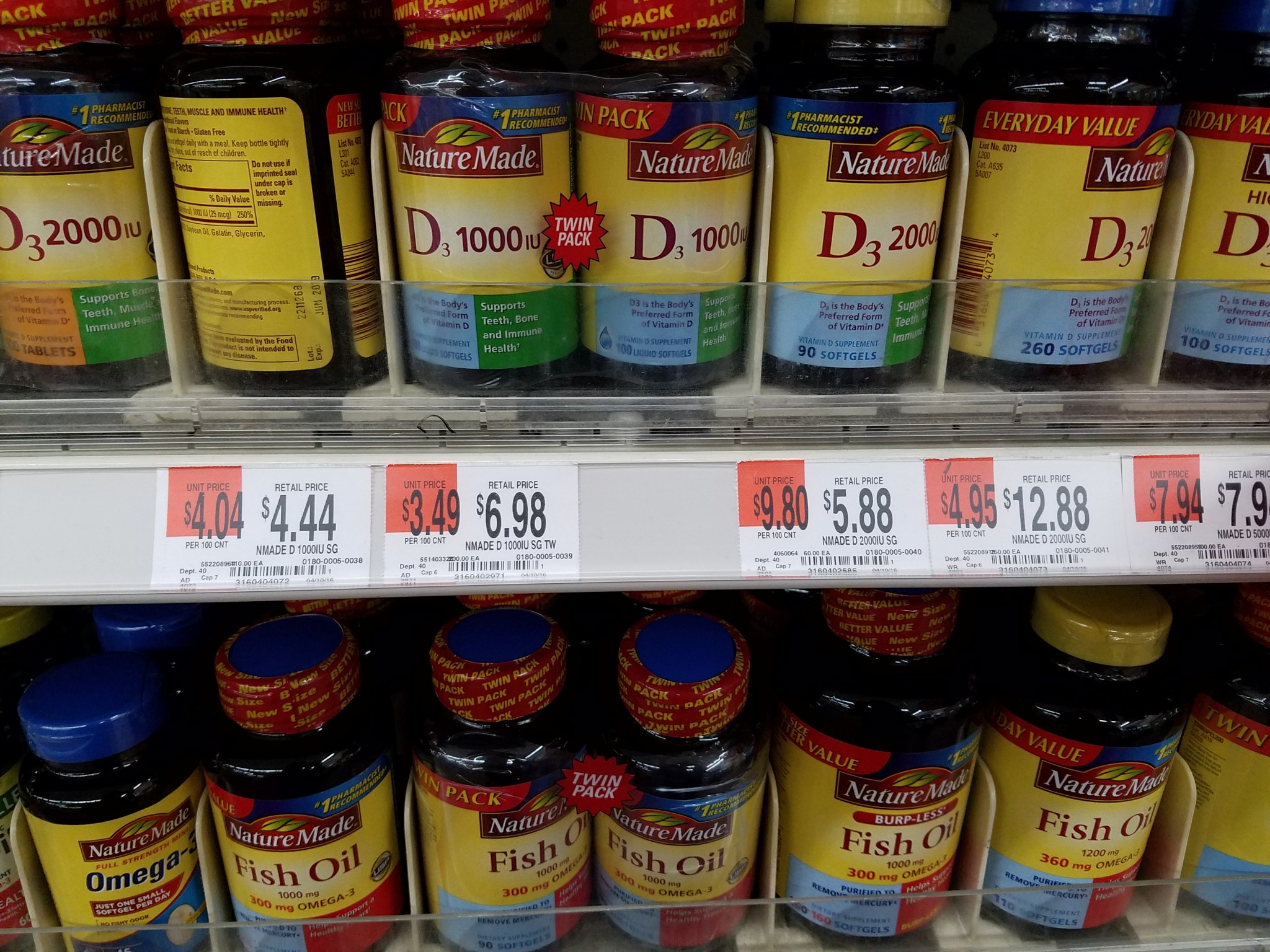
It would be nearly impossible to estimate how many people in the U.S. wear glasses or contacts with so many variables to consider. Some people only wear glasses to read, and others wear them only to drive. Many people only wear eyeglasses part of the time and contact lenses the rest of the time. But, according to the Vision Council of America, approximately 75% of adults use some sort of vision correction.
That means that 75% of adults are missing out on seeing some pretty amazing sights. Or, they are constantly having to worry about packing glasses or contacts for the trips they are taking.
Have you ever considered LASIK surgery? With LASIK surgery most patients have improved vision immediately. Having LASIK surgery will no doubt make traveling and everyday life much easier and more enjoyable.
From the sunrises to the sunsets and everything in between, vision correction from LASIK surgery results in more freedom to enjoy Mother Nature and all the little things in life you might not have been able to see before. Generally, you can travel just one week after your surgery; Most doctors will want to see you for a follow up 24-48 hours after your surgery and then you can start packing and be on your way to your dream destination.
No more stress of packing or losing your contacts, no more accidentally breaking those glasses that just appear in your seat as you hear the crunch of them breaking beneath your weight. My husband broke his on the train this week- and of course, didn’t have a spare pair with him. With your glorious new eyesight, you can tour the sights and see everything so clearly. Even in the glowing light of a camp fire or flashlight, you will be able to enjoy all the beautiful nature around you. It’s also not the easiest thing to camp with glasses- and fishing around for them in near total darkness when you have to get up to use the bathroom is never fun. Even putting up a tent can be a pain- they love to keep sliding around while you figure out what pole goes where or into what- but you can’t take them off, since you have to see what you are doing.
The world is yours for the taking. You can travel to the beach and feel the warm sand between your toes – but not in your contacts. The beach is one place my husband particularly hates his glasses- between the sand, and having to take them off to head into the ocean, to not being able to see very well without them- it’s one of his personal “most annoying” places with glasses. Visit New York, and take in the sights. Or even venture outside of the U.S. and visit some amazing places like England or Puerto Rico.
No matter what your destination – LASIK surgery gives you the gift of clear vision without glasses or contacts.





















